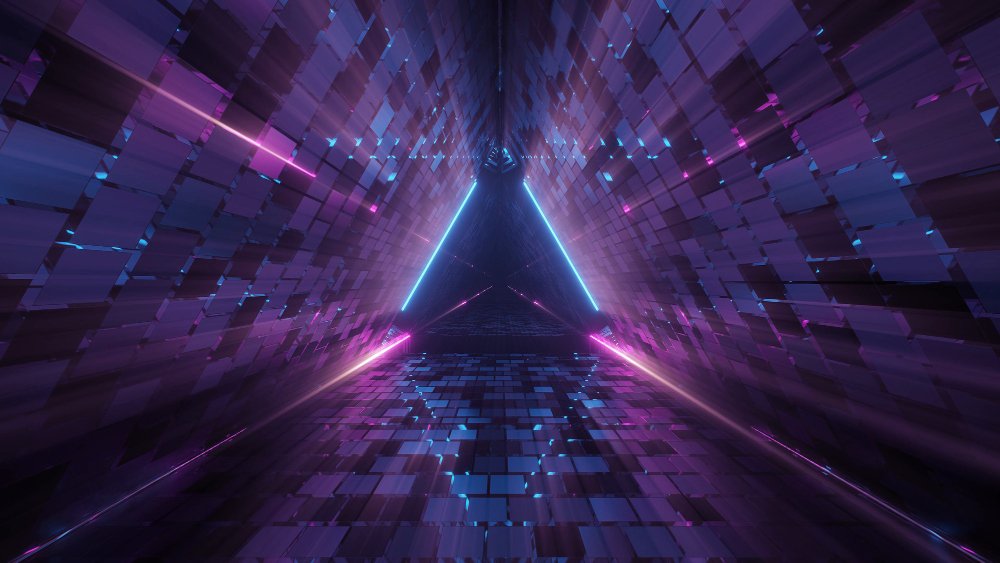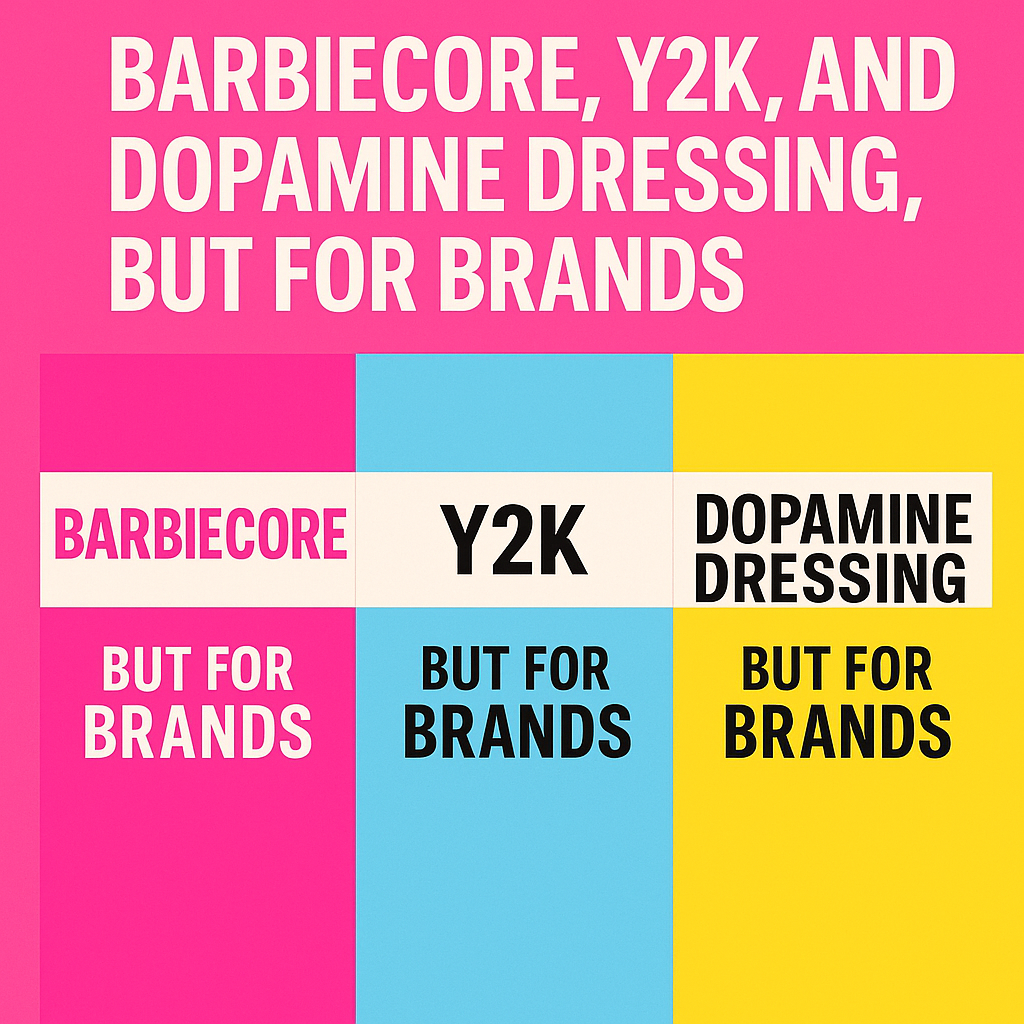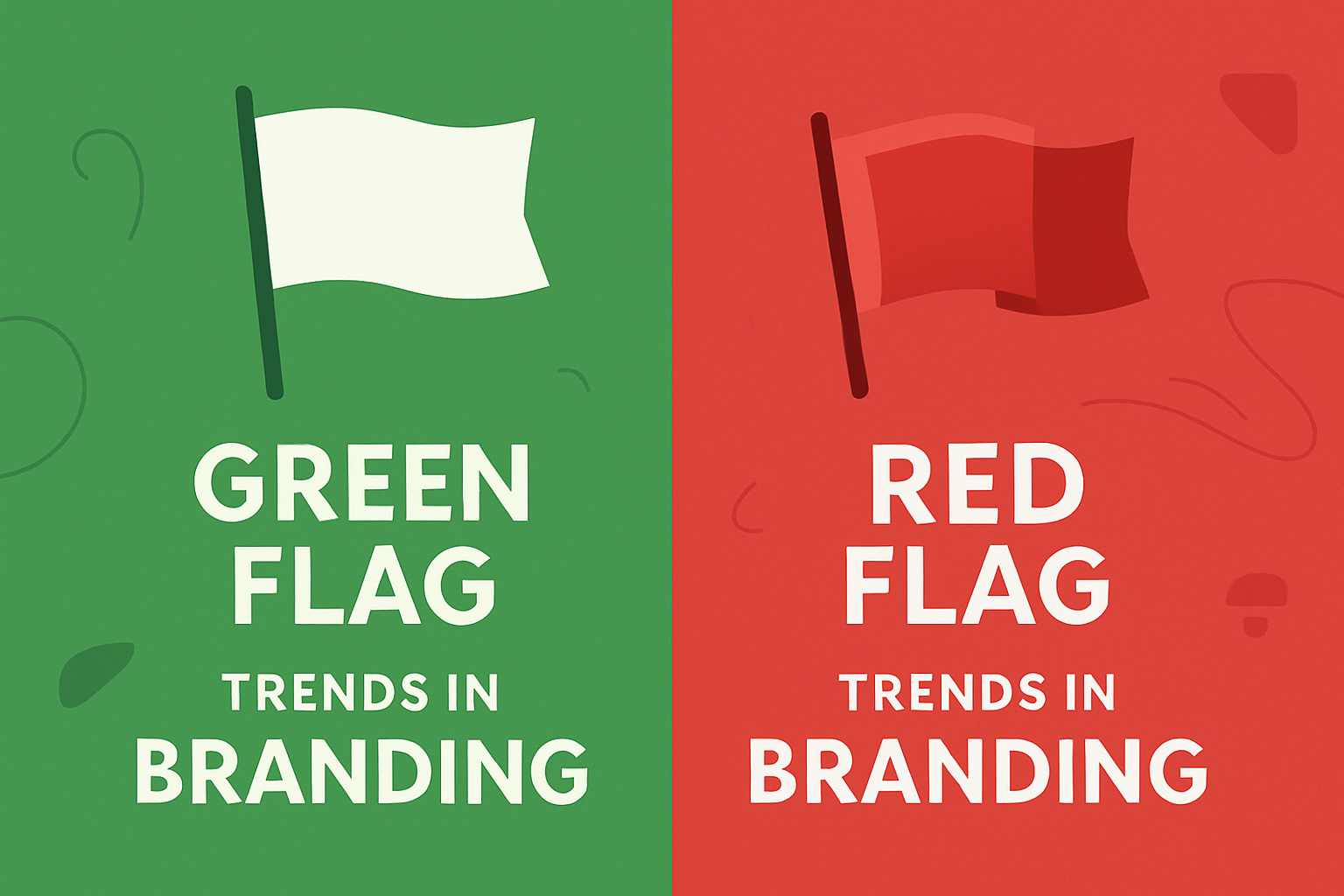Generative AI is set to redefine the landscape of motion graphics, becoming an integral part of creative workflows. The combination of AI's ability to analyze and synthesize large data sets with its growing creative capabilities will enable motion graphics artists and designers to produce stunning visuals at a fraction of the time and cost traditionally required. AI will no longer serve merely as a supplementary tool—it will become a collaborative partner in the creative process, generating unique visual styles, automating repetitive tasks, and offering personalized content at an unprecedented scale.
The industry impact of this technology will be massive. As AI-driven tools become more sophisticated, they will democratize access to high-quality motion graphics, enabling smaller studios, independent creators, and even everyday users to produce visually compelling content. Large enterprises will benefit from increased efficiency, higher output, and the ability to hyper-personalize media. With the rise of AI, the barriers to creating immersive experiences in augmented reality (AR), virtual reality (VR), and interactive content will also be significantly lowered, further transforming the entertainment, advertising, and education sectors.
Benefits of Generative AI in the Motion Graphics Industry
Generative AI brings several benefits that are poised to reshape the motion graphics industry. These include:
Unprecedented Creative Freedom: By 2030, AI will have evolved into an intuitive tool capable of not just assisting but co-creating with designers. Artists will have access to AI-generated visuals and animation sequences based on specific creative prompts, enabling them to explore ideas they might not have conceived manually.
Personalized Storytelling at Scale: Generative AI allows for the creation of highly customized content tailored to individual user preferences. Whether it's personalized advertisements, interactive content, or individualized training materials, AI can generate different versions of the same motion graphic to suit specific demographic or user data.
Real-Time Rendering and Feedback: By 2030, AI's ability to provide real-time feedback on design choices, lighting, colors, and composition will be standard. This speeds up iteration cycles, allowing creators to optimize their work almost instantaneously.
Reduced Production Costs and Time: The automation of labor-intensive tasks such as keyframing, rotoscoping, and background creation has already saved hours of manual work. By 2030, generative AI will completely eliminate the need for these tasks in certain cases, further reducing costs and timelines for both small and large-scale productions.
Interactive and Immersive Content: With the proliferation of AR and VR experiences, generative AI will enable the real-time creation of dynamic, responsive environments and interactive elements. This will enhance the user experience in gaming, training simulations, and virtual events.
Generative AI Applications in Real-World Scenarios
The future applications of generative AI will transform not just how motion graphics are made but also how audiences interact with them. Below are three examples of how this technology will create success in 2030.
1. AI-Powered Immersive Experiences for the Gaming Industry
By 2030, generative AI will be central to the creation of immersive gaming environments and interactive experiences. For example, AI will generate real-time landscapes, characters, and animations that adapt based on player decisions and interactions. Large gaming companies, such as Ubisoft and Epic Games, are already investing in AI technologies to automate the development of game assets and environments. However, by 2030, we will likely see fully generative AI-powered ecosystems that can react, evolve, and change according to player behavior.
One success story could be the game Immersia, a fictional futuristic game launched in 2030. Using AI, the game continuously generates new landscapes and non-playable characters (NPCs) based on the player's past decisions, making each playthrough a unique experience. The game's developers reported a 60% reduction in production costs and a faster time-to-market for expansions and updates due to generative AI. More importantly, players reported higher engagement and longer play times thanks to the continuously evolving gameplay and environments.
Reference: The Future of AI in Game Development
2. Real-Time Motion Graphics for Virtual Reality Events
By 2030, virtual reality (VR) will dominate the events and entertainment space, with generative AI playing a critical role in crafting these experiences. VR concerts, virtual conferences, and even VR sporting events will rely heavily on AI to create dynamic, real-time motion graphics that interact with audiences.
For example, consider a major success story: a VR music festival, VibeWave 2030, where generative AI creates live, responsive visuals that change with the rhythm of the music and audience interactions. AI algorithms generate visuals in real time based on audio inputs, crowd reactions, and even individual users’ biometrics (such as heartbeat or movement). This creates a personalized, immersive experience that is unique to each attendee. Event organizers reported an 80% increase in user engagement and participation compared to previous festivals, thanks to the dynamic and responsive nature of AI-generated visuals.
Reference: VR and AI Transform the Entertainment Industry
3. AI-Driven Personalized Ads in the Metaverse
The concept of the metaverse—shared virtual spaces where people can interact in real-time—will be a dominant feature of the internet by 2030. Generative AI will revolutionize how advertising is delivered in these spaces. Brands will deploy personalized ads that adapt dynamically to user behavior, preferences, and even emotional states.
One successful implementation could be seen with a leading e-commerce platform, ShopMeta, in the metaverse. Using generative AI, ShopMeta created a fully immersive, personalized ad campaign for a global fashion brand. Each user was shown ads tailored to their preferences, shopping history, and avatar’s clothing style. The AI-generated motion graphics were designed to seamlessly integrate into the virtual environment without being intrusive, allowing users to interact with the ads in real time. This campaign led to a 50% higher click-through rate and a 30% increase in conversions compared to traditional 2D advertising.
Reference: Metaverse Advertising Innovations with AI
The Future of Generative AI in Motion Graphics
By 2030, generative AI will have transformed from a cutting-edge tool into an essential part of the creative process in motion graphics. As AI systems continue to advance, they will offer even greater creative collaboration, providing artists with suggestions, options, and automated animations that enrich the creative process. In addition to reducing time and costs, AI will empower creators to push the boundaries of their art, enabling them to craft immersive, personalized experiences across industries.
The ability to generate motion graphics in real-time for gaming, advertising, and entertainment will reshape audience engagement, giving rise to new forms of interactive content. As AI becomes more deeply integrated into creative workflows, it will democratize the production of high-quality motion graphics, making it accessible to businesses and individuals alike.
Conclusion
Generative AI is on track to significantly impact the motion graphics industry by 2030, enhancing creativity, enabling real-time interactivity, and offering personalized experiences. From gaming to advertising, the benefits of this technology are profound. Examples such as AI-powered immersive gaming environments, real-time VR event visuals, and personalized advertising in the metaverse showcase how generative AI will shape the future of motion graphics.
With years of expertise in this technology, we are here to support your needs. If you're interested in learning more about similar technologies and how they can be applied, feel free to reach out to our team at www.studioimageworks.com/contact. You can also connect with us via LinkedIn at https://www.linkedin.com/company/9274618/ or reach our support team on WhatsApp at https://zurl.co/oLgF.
Related Posts





